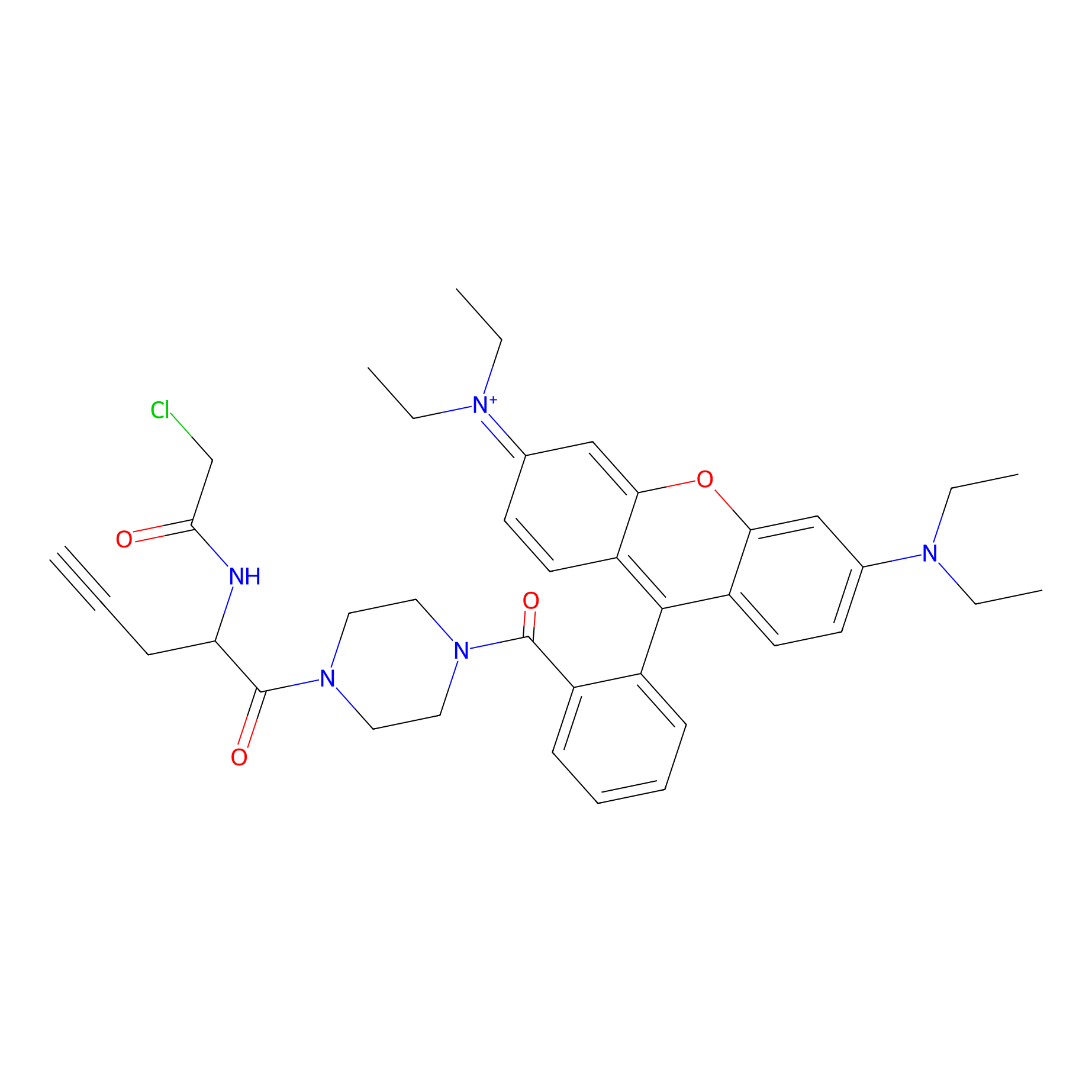Details of the Target
General Information of Target
Target Site Mutations in Different Cell Lines
Probe(s) Labeling This Target
ABPP Probe
| Probe name | Structure | Binding Site(Ratio) | Interaction ID | Ref | |
|---|---|---|---|---|---|
|
TER-AC Probe Info |
 |
N.A. | LDD0426 | [1] | |
The Interaction Atlas With This Target
